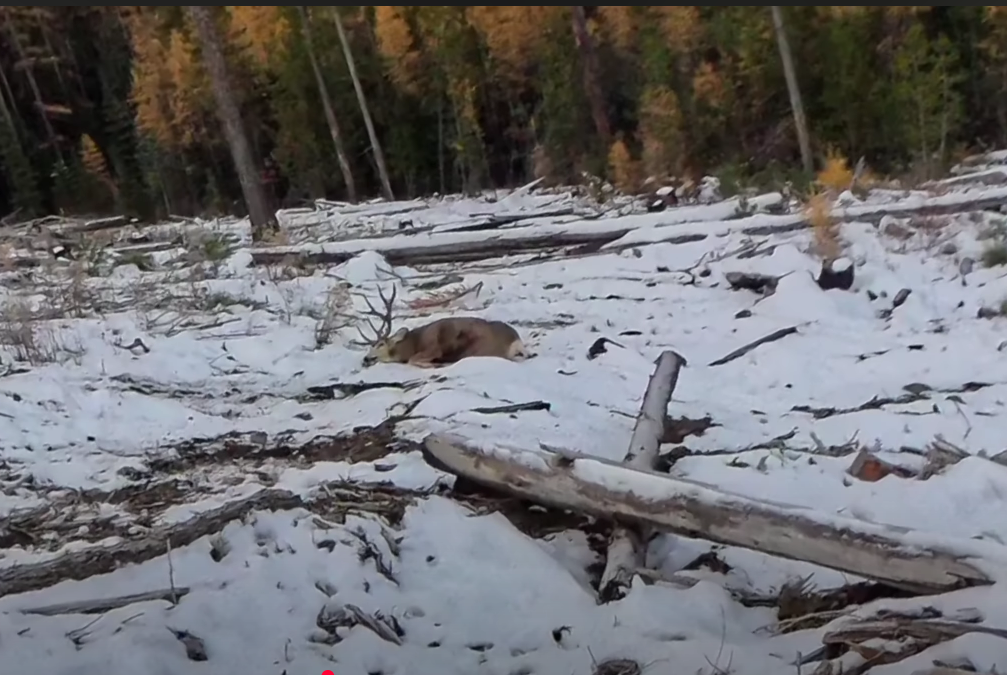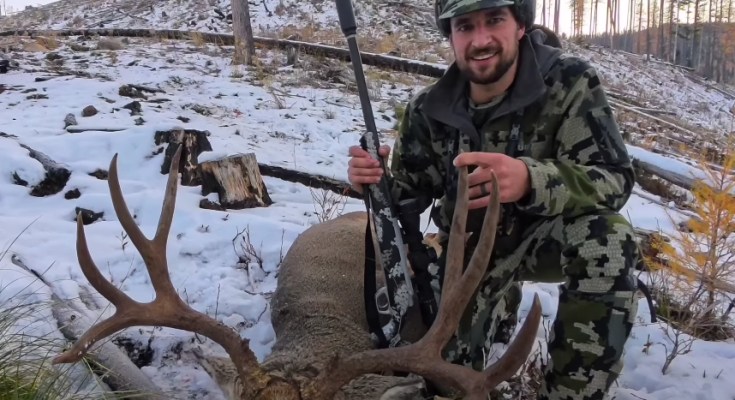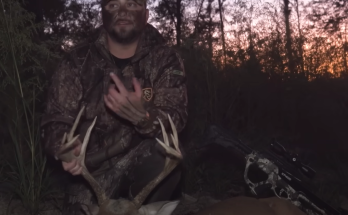Idaho is one of the premier destinations for mule deer hunting in the United States. With vast wilderness areas, rugged mountains, and rolling sagebrush plains, the state offers prime habitat for healthy and abundant mule deer populations. Whether you’re a seasoned hunter or a newcomer to the sport, an Idaho mule deer hunt promises adventure, challenge, and the chance at a trophy buck.
Prime Hunting Locations

Idaho’s diverse terrain provides hunters with a range of hunting experiences. The central and eastern parts of the state, including the Frank Church-River of No Return Wilderness, Sawtooth National Forest, and the Salmon River Mountains, are known for their remote and rugged terrain. Southern Idaho, particularly the Owyhee and South Hills regions, offers more accessible mule deer hunting in high-desert landscapes. Northern Idaho’s timbered mountains also provide excellent hunting opportunities, though the terrain can be challenging.
Seasons and Regulations
Mule deer hunting in Idaho is managed through a combination of general season hunts and controlled hunts. General season hunts are available in many units, while controlled hunts require hunters to apply in advance for limited-entry tags. Archery, muzzleloader, and rifle seasons vary by unit, but most rifle seasons occur from mid-October to early November, aligning with the pre-rut period when bucks become more active. Non-residents should be aware that Idaho has a cap on non-resident deer tags, so planning ahead is essential.
Hunting Strategies

Spot-and-stalk hunting is the most common method for mule deer in Idaho. This involves glassing large areas with binoculars or spotting scopes, identifying deer, and then making a careful approach. Early mornings and late evenings are the most productive times to find mule deer, as they are most active during these periods. Hunters should focus on transition areas where deer move between feeding and bedding grounds. High-elevation basins and ridgelines are also prime locations to locate big bucks.
Gear and Preparation
Hunting mule deer in Idaho’s backcountry requires proper gear and preparation. Sturdy boots, layered clothing, and quality optics are essential. Since many prime hunting locations are in remote areas, hunters should be prepared for backcountry camping and navigation with GPS or maps. Idaho’s weather can change rapidly in the fall, so packing for a range of conditions is crucial.
Conclusion
An Idaho mule deer hunt is a rewarding and unforgettable experience. Whether you’re chasing a high-country buck or hunting the sagebrush flats, Idaho offers some of the best mule deer hunting in the West. With careful planning, patience, and skill, hunters can find success in Idaho’s wild landscapes.



